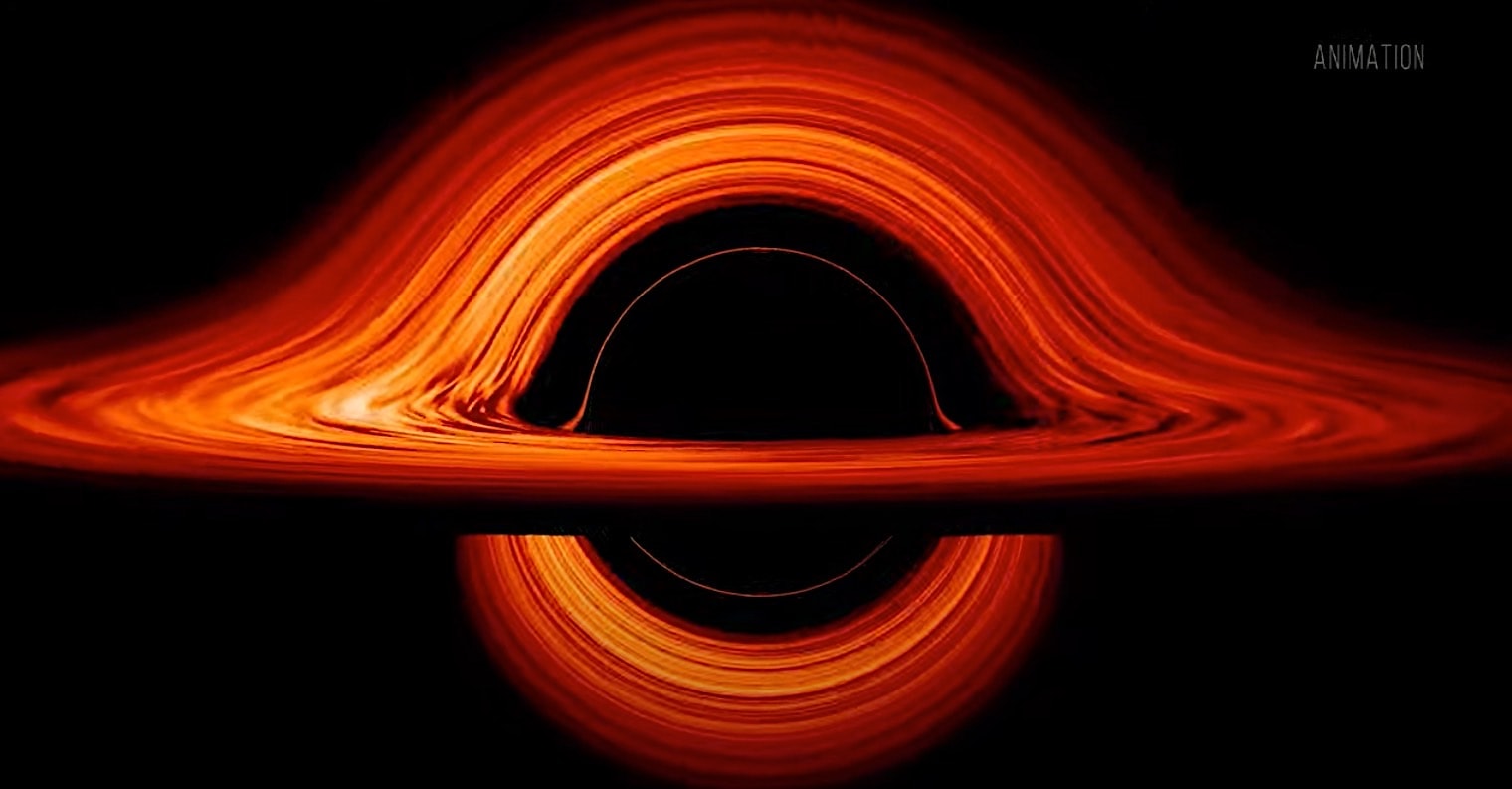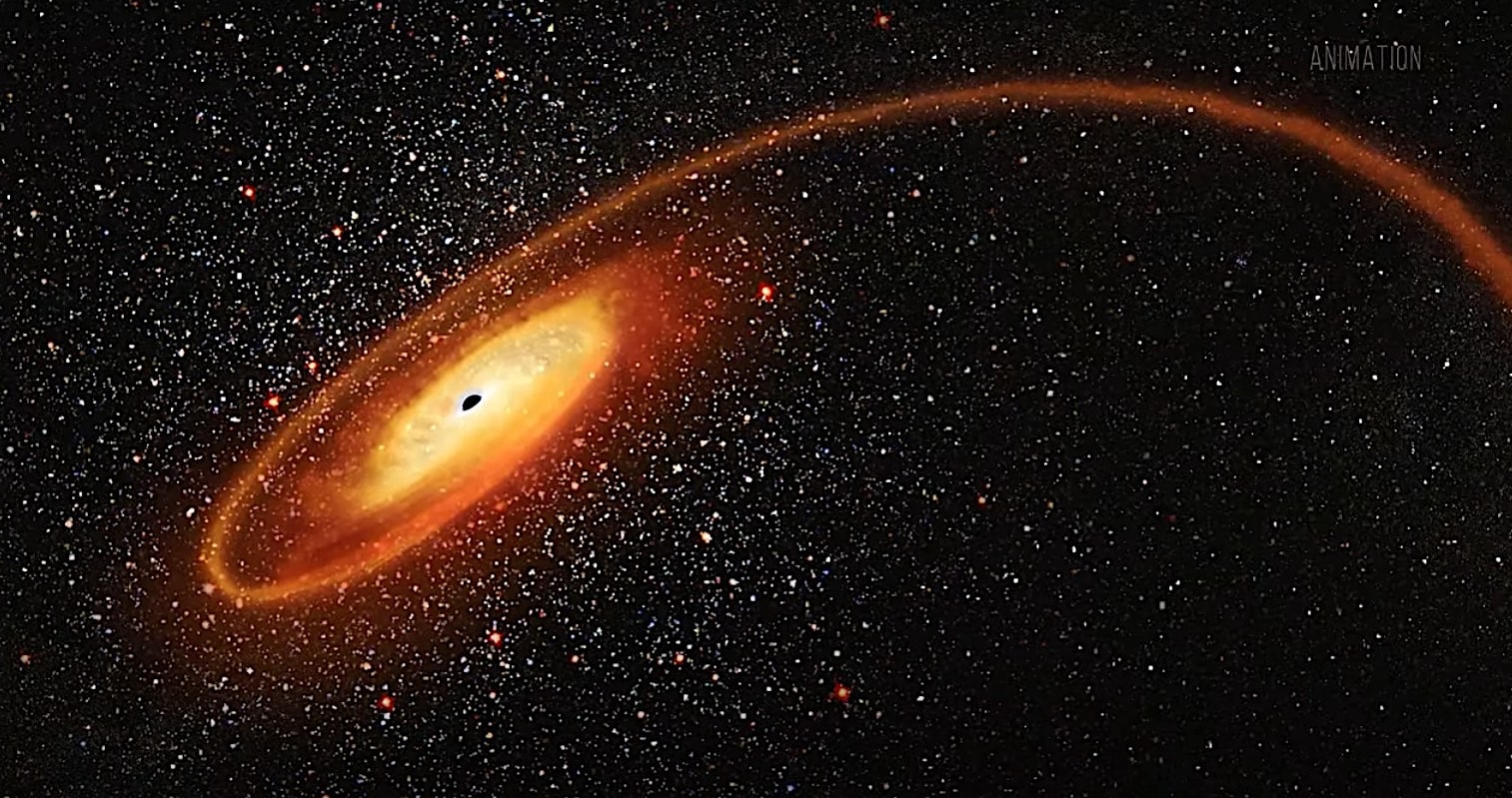Despite the awe-inspiring arrival of its successor, the James Webb Space Telescope, Hubble, the veteran space observatory, continues to be a cornerstone of astronomical exploration. Launched in 1990, Hubble has tirelessly documented the cosmos for over three decades, accumulating a vast archive of observations.
This treasure trove of data, spanning a significant chunk of astronomical history, promises to fuel groundbreaking discoveries for many years to come. A recent accomplishment exemplifies Hubble’s enduring contribution.
Led by an international team of astronomers, this breakthrough harnessed the power of over 500 images meticulously captured by Hubble over two decades. The target of this deep dive: black holes, the enigmatic celestial behemoths whose gravity is so powerful that not even light can escape their clutches.
This analysis, while not relying on new observations, represents a significant leap forward in our understanding of black holes. By meticulously combing through this data, the team has filled a critical gap in our knowledge of these cosmic titans, providing a missing piece in the grand puzzle of their existence.

These elusive black holes bridge the gap between the stellar-mass black holes formed by collapsing stars and the supermassive black holes lurking at the hearts of galaxies. Their existence is crucial for understanding how black holes grow and evolve across the universe, but they remain significantly less common than their smaller and larger counterparts.
One promising hunting ground for these intermediate-mass black holes is Omega Centauri. This behemoth star cluster, located roughly 17,000 light-years from Earth, boasts a population of ten million suns a staggering ten times more massive than typical globular clusters. Its sheer size and unusual properties make it a hotbed for astronomical investigation.
A recent study trained its sights on Omega Centauri, meticulously examining a dataset of 1.4 million stars within the cluster. The researchers weren’t just looking for any stars; they were searching for outlier stars defying the expected gravitational constraints of the cluster.
They identified a handful of such stellar rebels, seven stars moving at velocities that shouldn’t be possible without the influence of a powerful gravitational force. This is where the theory of the intermediate-mass black hole steps in.
The only explanation that aligns with the observed stellar velocities is the presence of a massive unseen object, with a gravitational pull strong enough to retain these speedy stars within the cluster. Estimates suggest this black hole would possess a mass exceeding 8,200 times that of our Sun.
However, the quest for intermediate-mass black holes is fraught with challenges. While the evidence from Omega Centauri is compelling, it doesn’t provide definitive proof.
The discovery remains a candidate, joining a select group of other intriguing possibilities. Further observations and a deeper understanding of stellar dynamics within Omega Centauri will be crucial in solidifying this elusive black hole’s existence.

